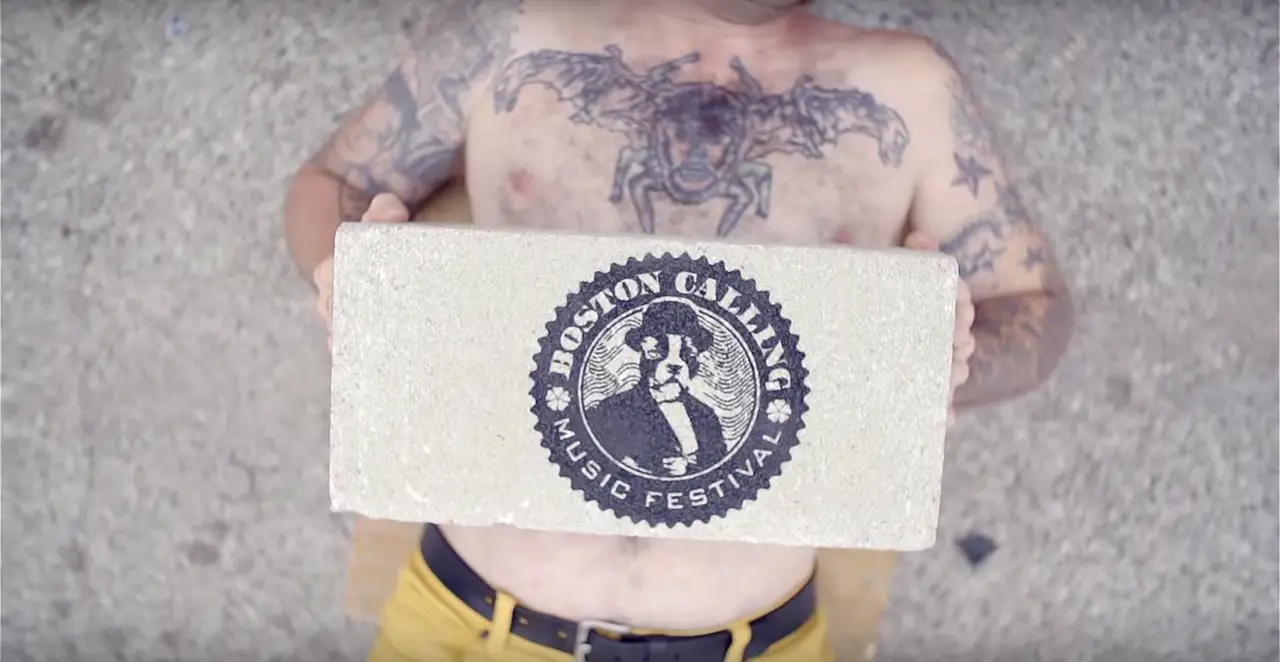At this point, so many longform articles and thinkpieces have been written about Father John Misty that he is an artist that needs little introduction. From profiles in the New York Times to interviews with Pitchfork and Zane Lowe, everything you would want to know about the singer/songwriter has already been covered in the promotional fanfare that led up to his recently released album Pure Comedy (released 4/7/2017 via Sub Pop). It was enough to drum up interest in even the most casual of fans.

From the get-go, it was clear that the tone and subject matter of Pure Comedy would be a departure from his previous two LPs under the Father John Misty moniker. If you came to the album looking for some form of escapism, you’ll find little comfort here. Its laser focus on the human condition, our insignificance in the universe, and the current political climate, does little to soothe any anxiety, nor does it offer any solutions. In typical Father John Misty fashion, the lyrics are scathing and witty, providing detailed commentary on a wide variety of topics ranging from climate change and religion, to entertainment and narcissism.
The instrumentation, on the other hand, is almost unassumingly rich and warm. Most songs are awash in beautiful string and horn arrangements, giving a languid feel to the album. The only sonic moment that sticks out like a sore thumb on the 13 track album is halfway through the song “The Memo” when computerized voices jarringly interrupt the otherwise standard ballad. In an abrupt change of form, the song veers into a minor key, with lyrics seemingly lifted from consumer surveys interspersed with random lines of robotic voices reminiscent of Radiohead’s “Fitter Happier” off their album OK Computer. Unlike his previous two albums, Pure Comedy is best appreciated as a whole, requiring at least several listens to really appreciate the flow of the narrative, with no immediate hits jumping out from the mix.
Needless to say, I was curious to see how he would translate the scope of the album into a live concert experience. Having watched snippets of his Coachella set on YouTube, I assumed that he would continue touring with a string and horn section in addition to his usual band. In 2016, I had the chance to catch his set when he performed at New York’s Governors Ball Music Festival while he was touring for I Love You, Honeybear, so I knew that he put on a great show. Though my expectations were high, I was still blown away by his show at the Kings Theatre.
Formerly a movie theatre, the recently refurbished Kings Theatre was an ideal venue for Father John Misty’s concert. The opulent interior was a fitting backdrop for the grandiosity of the music. It wasn’t difficult to imagine we were about to watch an opera or an orchestral performance instead of a folk rock concert.
Father John Misty and his band performed for almost two hours, playing songs from all three albums. He kicked off the show with the track “Pure Comedy,” and proceeded to sing through the first half of his new album in the order of the track listing, emphasizing the narrative flow of the album. However, it wasn’t until the third song, “Things It Would’ve Been Helpful to Know Before the Revolution,” that the full potential of the synergy between Father John Misty’s lyrics and the musical arrangement was completely realized. The controlled chaos of the swelling crescendo right after the second verse brought to mind the orchestral arrangement on the Beatles’ “A Day In The Life”. It’s hard to describe how full and powerful the music sounded, and for the first time since I started listening to the album, the instrumentation didn’t take a back seat to the lyrics. The same symbiosis happened again at the end of “Birdie,” when the surge of music left my mouth agape. It’s moments like these that drive home the point that music is meant to be a communal, live experience, and that records and MP3s don’t come close to capturing the unadulterated electricity of a live performance.
“Pure Comedy” – Father John Misty
[youtube=https://youtu.be/wKrSYgirAhc?t=0s]
Roughly halfway through the set, Father John Misty switched gears and segued into older material. With no warning, he started belting “When You’re Smiling And Astride Me,” and the subdued mood in the theatre burst like a bubble. People started singing and dancing along to crowd pleasers such as “Chateau Lobby #4 (in C for Two Virgins),” “Nancy From Now On,” and “I Love You, Honeybear.” It was fun to watch him transform into a more energetic persona as he began dancing to the music and interacting with the audience.
After a short break, Father John Misty and all the musicians came back on stage for a five song encore, performing “Bored In The USA,” “Holy Shit,” and the last three tracks on Pure Comedy, bringing the audience back down to reality once again. There was a sliver of hope though at the end of the track “In Twenty Years or So,” when he repeats the line “there’s nothing to fear.” Given the relatively somber tone of the concert, it was comforting to hear him sing that “it’s a miracle to be alive.”
He could have left it at that, but Father John Misty decided to close out the show with “Holy Shit” to get one last word in on our flawed existence. All in all, the concert experience was thoroughly enjoyable, and I left with a newfound appreciation for Pure Comedy. If you get the chance to catch Father John Misty on tour this year, don’t hesitate.
— —
Pure Comedy is available on physical & digital
read Father John Misty’s ‘Pure Comedy‘ essay
— — — —

Connect to Father John Misty on
Facebook & Twitter
Discover new music on Atwood Magazine
cover © Guy Lowndes








